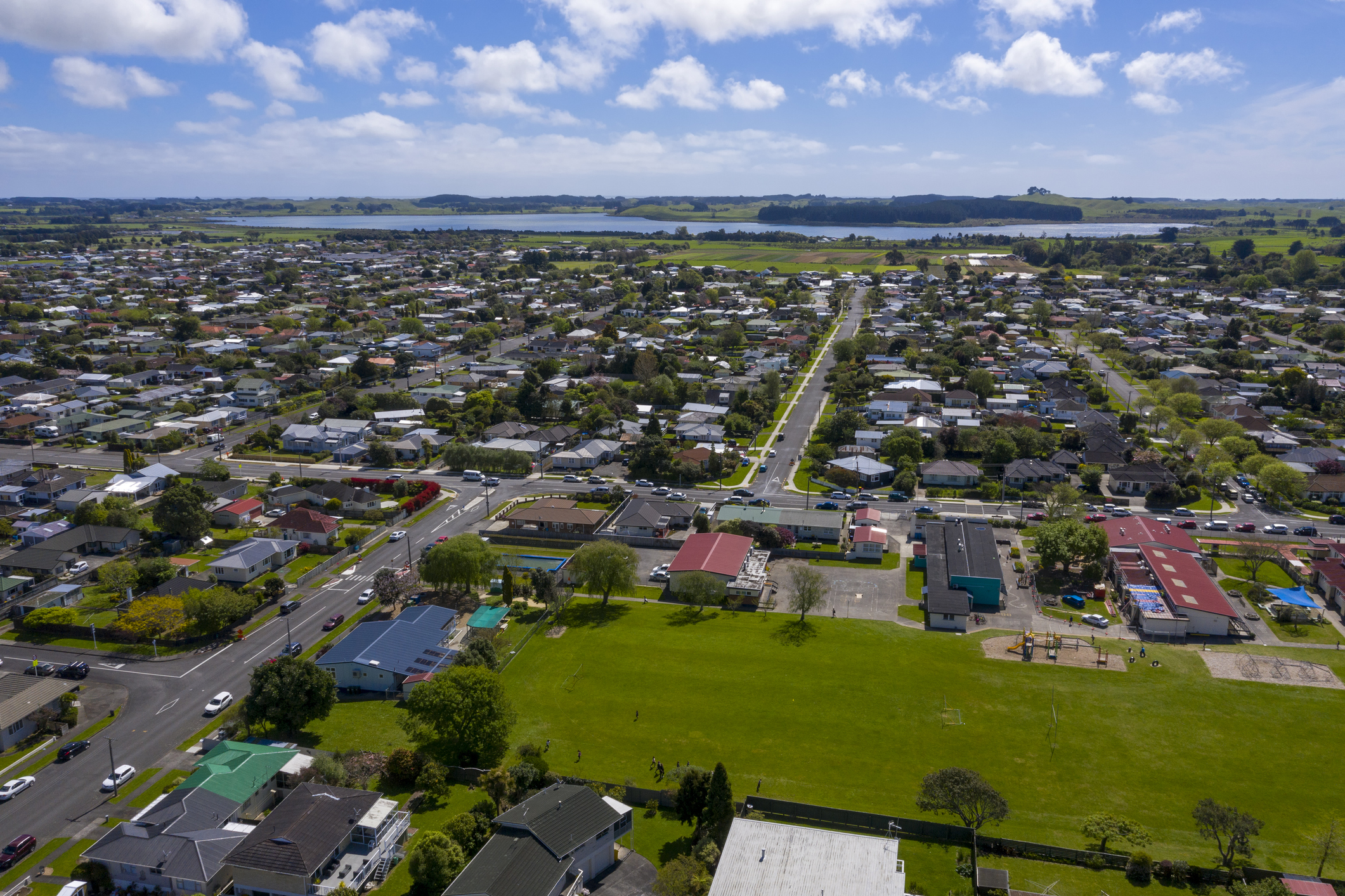This work was done in collaboration with Safe Software partner Locus.

The Peak of Data and AI 2025
Join us May 6-8 in Seattle, WA to learn from top data experts, see FME in action and get inspired on your data journey.
Register Now


This work was done in collaboration with Safe Software partner Locus.

The high voltage National Grid distributes power from its generation source via substations, transformers, lines and cables that are managed by electricity distributors such as Electra to low voltage equipment, which connects over a meter to homes and businesses.
Electra wanted to enhance their low voltage monitoring capability. Their goal was to more efficiently identify and locate outages and improve their customer service. Previously, real time monitoring was limited to the high voltage network only.
To improve power network outage event identification and restoration, Electra developed and deployed Internet of Things (IoT) Phase Loss Sensors across the low voltage network. These sensors provide data that Electra does not have access to and are connected via a private LoRaWAN network available throughout the region.
An event is detected when voltage traverses 160vac and a message is sent to the private IoT server cluster that securely manages the IoT gateways and device registration. The IoT server cluster forwards a MQTT (MQ Telemetry Transport) message to FME Flow, where an automation is triggered via webhook to parse the message and send it to the Milsoft Outage Management System (OMS) Server as either “Power Loss” or “Power Restored”. These events are used by the OMS Outage Prediction Engine in identifying the likely location of a fault.
Using FME to parse and send messages to the OMS and other services reduced complexity, increased data accessibility, and improved overall processing performance. With the incredibly scalable nature of the Phase Loss Sensor Integration project, the current deployment of 200 phase loss sensors can be extended into the millions with ease and support and consistent and continuous improvement to customer service.